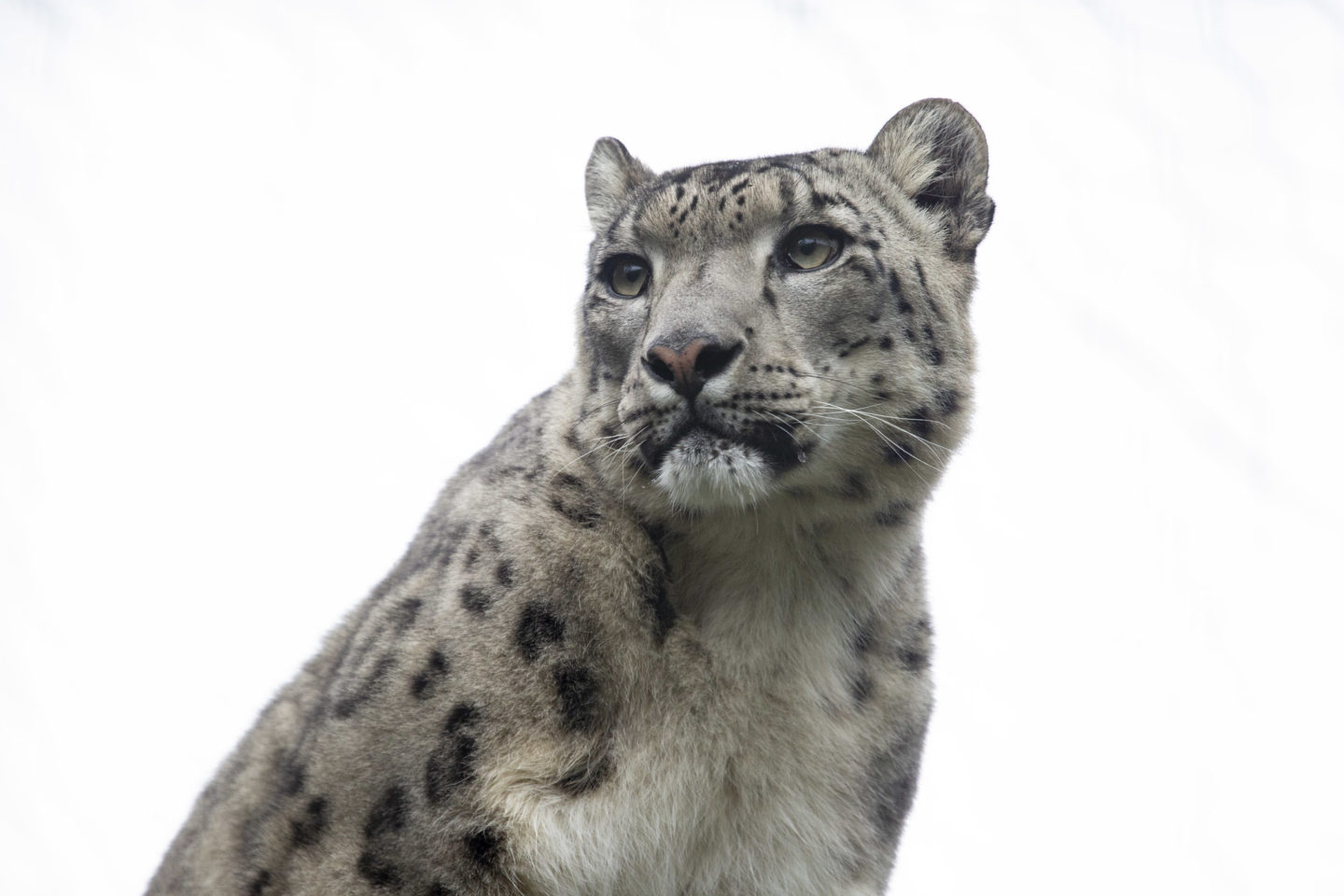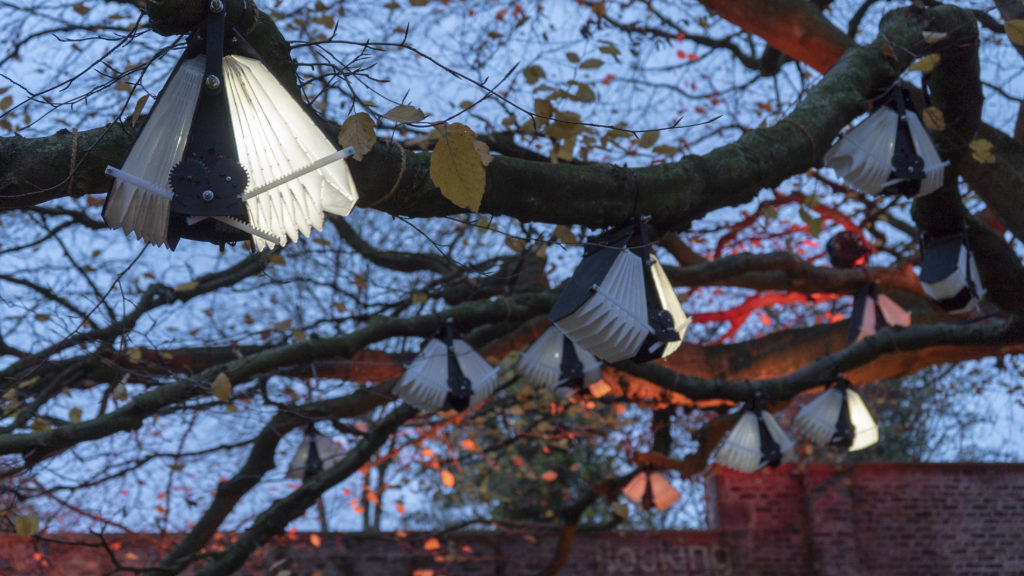Lux Korkeasaari shines light also on the future of snow leopards

This winter you can once again get a head start on Lux Helsinki by heading to Korkeasaari Zoo on the island of Korkeasaari. Lux Korkeasaari is open between 25 December 2021 and 9 January 2022 from 10 a.m. until 7 p.m. This year, Korkeasaari is also included in the Lux1 route with the work Chirp & Drift.
The light installations along the Lux Korkeasaari route bring to life the over-100-year history of Helsinki Zoo and its archipelago nature. The old bear castles receive colourful new residents, and visitors are guided by a lighthouse up on the rocks. You might come across a light-eating monster along the way, or you can focus on exploring the nocturnal nature from a frog’s perspective. The collection of light installations at Lux Korkeasaari include Avian Electronics by Ville Aalto, Hideout by Juha Forsander, Violet by Maikki Pekkala and Lari Suominen, and Sleepyhead by Olivia Pohjola, which you can preview here: www.korkeasaari.fi/lux
Lux Korkeasaari is included in the price of admission to Korkeasaari Zoo. For each ticket and annual pass sold during the event, the zoo will donate one euro to the protection of snow leopards. The funds raised will be donated in full to the Snow Leopard Trust, an organisation working solely to protect the endangered snow leopard and its habitat in 12 countries. Korkeasaari Zoo has supported the work of the Snow Leopard Trust since 2012.
The first Lux Korkeasaari raised more than 15,000 euros, which was used to help finance GPS collaring as part of a long-term project to investigate the size of snow leopard habitats, the number of encounters with each other, reproduction and feeding, for example. It is not yet known how climate change, for example, will affect the lives of these residents of snow-capped mountains, so the information gathered from the project will play a significant role in securing the future of the species.
“The prevailing corona pandemic has also had an impact on the fundraising of international conservation projects, but fortunately, despite these exceptional times, we have been able to continue planning Lux Korkeasaari. The first event helped us multiply the funds we donated to protect the endangered snow leopard, and now the goal is to exceed that amount!” says Annika Sorjonen, Producer of Lux Korkeasaari.
Lux the snow leopard enjoys coffee and education
A young snow leopard who moved to the zoo in 2019 was given the name Lux in hopes of a brighter future for the species. Lux is the only representative of his species at Korkeasaari Zoo, but at some point he will get a partner and hopefully also offspring. It is not yet quite the time to start a family even though the young cat sometimes tries to woo his Cat Valley neighbours with love songs.
As with most young adults, Lux’s everyday life is punctuated by studies. He is not being taught circus tricks but things that make everyday life easier. For example, he can be asked to go “backstage” while his pen is being cleaned. At Korkeasaari, animal training is always done through positive reinforcement, that is, by rewarding the desired behaviour. The animal is always also able to leave the situation if it does not want to learn at the moment. However, Lux generally takes part in training with great enthusiasm.
Predators in general are attracted to new scents, and the playful snow leopard at Korkeasaari is no exception. Lux likes to spend a long time exploring the scents provided by the zookeepers in the form of straw-filled sacks sprayed with perfume or cinnamon, for example. One of his favourite scents has turned out to be coffee grounds.
Thoughts about nature as told by birds
The Lux1 route also dives into the animal world with the introduction of Korkeasaari’s playful work Chirp & Drift by Kathy Hinde. In it, children’s thoughts about birds formed the basis for texts that are performed by a flock of mechanical birds in Morse code. Playing with modes of communication, this work invites the audience to contemplate their own thoughts about others species and the environment.

Hinde says that she wants to bring attention to the plight of those bird species that are constantly endangered due to climate change and loss of habitat. “Birds modify their song in noisy environments, so that they can hear one another. This often means singing at a higher pitch. It made me wonder how noise decreases the bandwidth of communication for birds and other species. That is why I wanted to use a dated method of radio communication, Morse code, in the work”, the artist explains.
The animals of the zoo are best seen before nightfall, while the light art is at its best after dark, so give yourself enough time to get the most out of your visit – there is plenty to experience!
In co-operation with:

